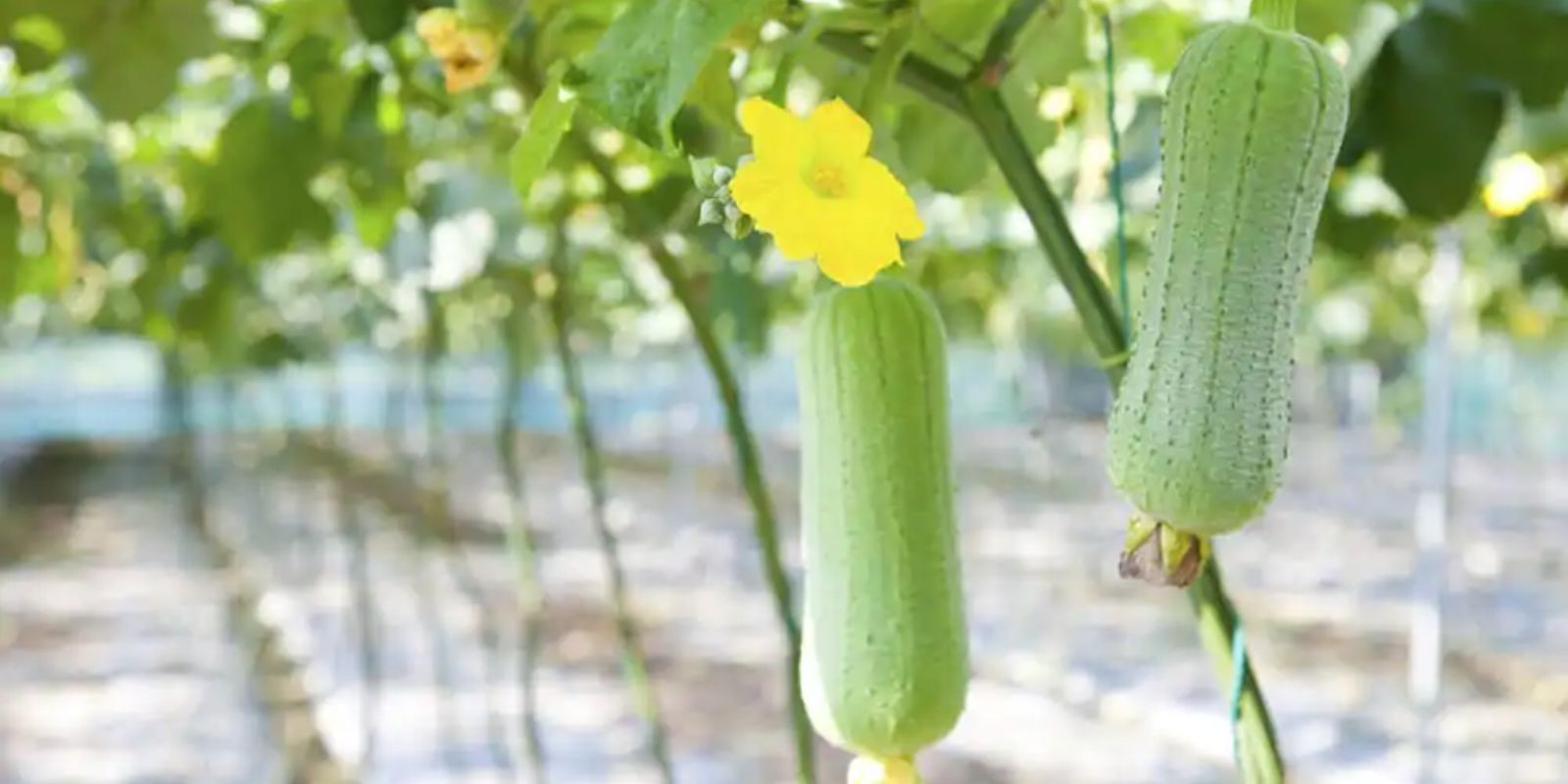Luffa (Loofah) plants are a fascinating and useful addition to any garden. Whether you’re growing them for their edible young fruits or their famous natural sponges, these vigorous vines require the right care and conditions to thrive. With proper attention, your luffa plants can produce an abundant harvest. Here’s a detailed guide on the ten essential tactics to grow healthy luffa plants successfully.
1. Choose the Right Location
Luffa plants thrive in full sun, requiring at least 6–8 hours of direct sunlight daily. Select a warm, well-ventilated area in your garden to ensure optimal growth. Without sufficient sunlight, luffa plants may struggle to flower and fruit properly.
2. Use Rich, Well-Draining Soil
Luffa plants prefer well-draining, nutrient-rich soil with a pH of 6.0–6.8. Before planting, enrich your soil with compost or well-rotted manure to provide essential nutrients. Sandy loam or loamy soil is ideal, as it retains moisture while preventing waterlogging.
3. Start Seeds Early
Since luffa has a long growing season, it’s best to start seeds indoors 4–6 weeks before the last frost. Soak the seeds overnight in warm water to soften the outer shell and promote germination. Plant them in biodegradable pots to minimize transplant shock when moving them outdoors.
4. Provide Strong Support
Luffa vines grow aggressively and need a sturdy trellis, fence, or arbor for support. A strong vertical structure allows the plant to climb freely, improves air circulation, and prevents fruits from rotting on the ground. A trellis also makes harvesting easier and encourages straighter fruits.
5. Water Consistently
Luffa plants need consistent moisture, especially during their early growth stages. Water deeply and regularly, ensuring the soil remains evenly moist but not soggy. Mulching around the base of the plant helps retain moisture and suppress weeds.
6. Feed with Organic Fertilizer
To support healthy vine and fruit development, feed your luffa plants with organic fertilizers. A balanced fertilizer, such as a 10-10-10 mix, or organic options like compost tea, worm castings, or liquid seaweed, can provide the necessary nutrients. Apply fertilizer every 2–3 weeks during the growing season.
7. Encourage Pollination
Luffa plants produce male and female flowers, and successful pollination is crucial for fruit production. Attract pollinators like bees and butterflies by planting nectar-rich companion flowers nearby. If natural pollination is insufficient, hand-pollinate by transferring pollen from male to female flowers using a small brush.
8. Control Pests Naturally
Common pests that attack luffa plants include aphids, cucumber beetles, and spider mites. Prevent infestations by using organic pest control methods such as neem oil, insecticidal soap, or introducing beneficial insects like ladybugs. Companion planting with marigolds or basil can also help repel harmful pests.
9. Prune for Better Growth
Pruning helps direct the plant’s energy toward producing flowers and fruits. Remove excess side shoots and overcrowded growth to improve airflow and reduce disease risk. Cut back any yellowing or damaged leaves to maintain a healthy vine structure.
10. Harvest at the Right Time
The ideal time to harvest luffa depends on your intended use. For culinary purposes, pick young, tender fruits (4–6 inches long) while they are still soft. If growing for sponges, allow the fruit to fully mature on the vine until the skin turns brown and dries. Peel off the outer layer, remove the seeds, and rinse the fibrous sponge thoroughly before drying.
Bonus Tips for Maximum Success
- Companion Planting: Grow luffa with beans, sunflowers, or corn to maximize space and deter pests.
- Protect from Frost: If you live in a cooler climate, use row covers to protect young plants from late frost damage.
- Rotate Crops: Avoid planting luffa in the same spot yearly to prevent soil depletion and disease buildup.
Final Thoughts
Growing luffa plants can be a rewarding experience with the right care and techniques. By following these ten must-know tactics, you can cultivate strong, healthy vines that yield an impressive harvest of luffa sponges or delicious gourds. Try these tips in your garden and share your luffa-growing journey with us!
🌱 Have you grown luffa before? Share your experiences and tips in the comments below! 💬👇
#LuffaGrowing #OrganicGardening #GreenThumb #SelfSufficient #UrbanGardening #GrowYourOwn #GardenHacks

